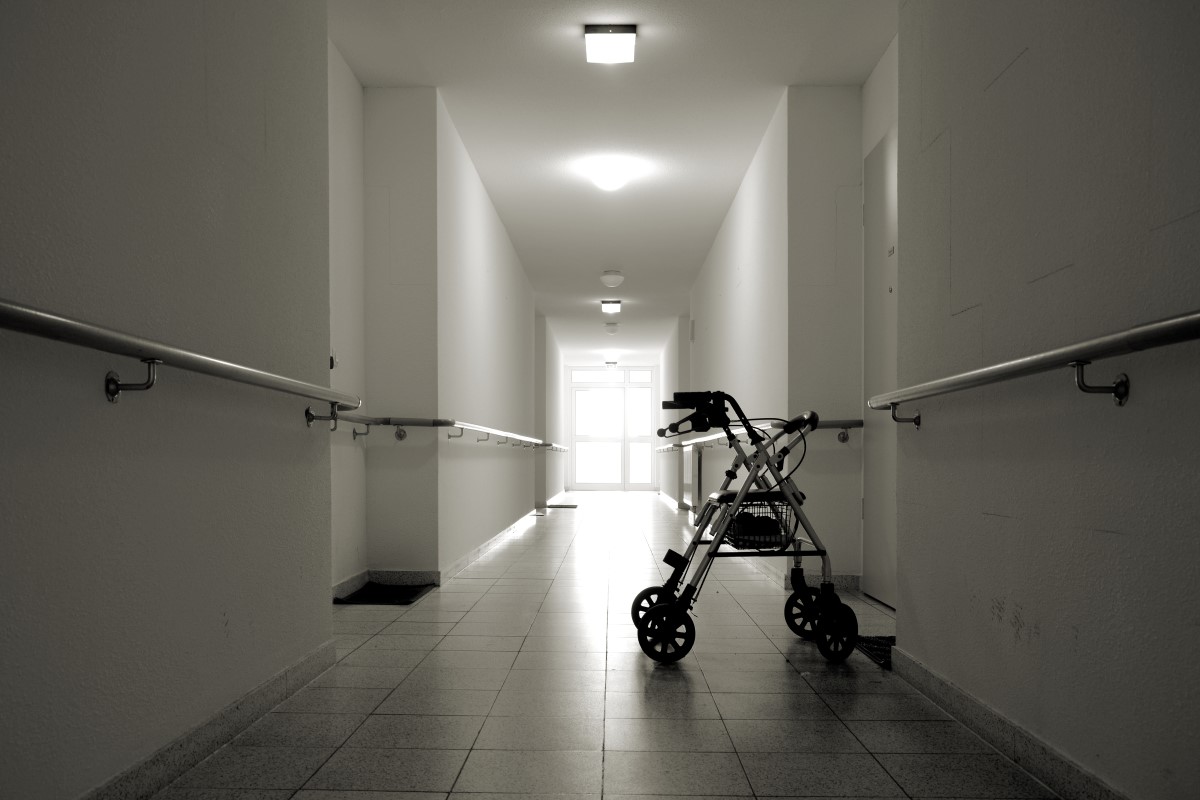 Last year I wrote about a code change proposal for the 2027 International Building Code (IBC) that was making its way through the ICC code development process. The proposal, submitted by the ICC Committee on Health Care, would allow non-self-closing fire doors on unit entries for assisted living units as well as some other residential treatment facilities. You can read the original post here.
Last year I wrote about a code change proposal for the 2027 International Building Code (IBC) that was making its way through the ICC code development process. The proposal, submitted by the ICC Committee on Health Care, would allow non-self-closing fire doors on unit entries for assisted living units as well as some other residential treatment facilities. You can read the original post here.
When I wrote the post in 2024, I really didn’t think that the proposal would be approved. Given the frequency of fires in residential buildings vs. the protection provided during a fire by a closed and latched fire door, it wouldn’t make sense to have those doors standing open. Past fires in assisted living facilities and other apartment buildings have shown how an open fire door can compromise the means of egress and lead to fatalities.
Unfortunately, the proposal (FS65-24) has been approved, with a modification from the committee. The following section will be included in the 2027 IBC, unless someone successfully intervenes:
716.2.6.1 Door closing. Fire doors shall be latching and self- or automatic-closing in accordance with this section.
Exceptions:
1. Fire doors located in common walls separating dwelling units or sleeping units in Group R-1 shall be permitted without automatic- or self-closing devices.
2. In Group I-1, Condition 2, fire doors located in corridors and serving sleeping units that do not include a cooktop or range shall be permitted without automatic- or self-closing devices.
3. The elevator car doors and the associated elevator hoistway doors at the floor level designated for recall in accordance with Section 3003.2 shall be permitted to remain open during Phase I emergency recall operation.
4. Fire doors required solely for compliance with ICC 500 shall not be required to be self-closing or automatic-closing.
The change in question is Exception 2, which applies to Group I-1, Condition 2 buildings. Examples of Group I-1 facilities are alcohol and drug centers, assisted living facilities, congregate care facilities, group homes, halfway houses, residential board and care facilities, and social rehabilitation facilities. Condition 2 applies to buildings where residents receiving custodial care are able to evacuate with limited verbal or physical assistance.
The modification limits the exception to dwelling units in these occupancies that do not have a cooktop or range – the doors to the units, typically 20-minute fire doors, will no longer be required to be self-closing or automatic-closing. In my opinion, we will see the negative impacts of this change sooner rather than later.
Just two weeks ago a fire occurred in an assisted living facility in Massachusetts, resulting in 10 fatalities. Initial investigations have shown that this fire was not caused by cooking equipment in the unit, but was likely related to smoking materials or an oxygen concentrator. A closed and latched fire door on the unit of fire origin could have protected the corridor as a means of egress, instead of allowing it to fill with smoke and trap residents in their units.
The one positive thing I can say here is that codes are a minimum. These doors can still be self-closing or automatic-closing, although the cost savings of omitting this hardware will likely be tempting. We’ll have to wait and see how it all plays out, but I for one am really disappointed in this code change.
How about you?
You need to login or register to bookmark/favorite this content.


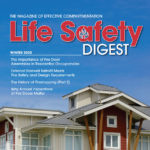
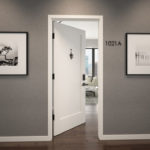
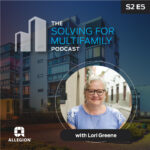
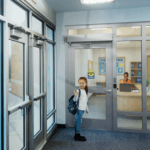
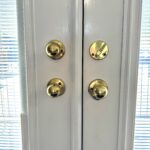
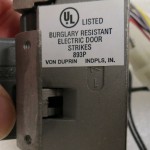

Let’s see where do we hear about fires:::
alcohol and drug centers, assisted living facilities, congregate care facilities, group homes, halfway houses, residential board and care facilities, and social rehabilitation facilities.
And in these facilities are they physically able to Run out of the building???
Oh and better yet,,, do these older, or smaller facilities have fire sprinkler systems??? Let alone are they maintained?? Still waiting on the analysis of the Massachusetts fire sprinkler system.
Who proposed this change???
Thanks, Lori! This is concerning, to say the least, especially with historical component approach for fire rating. This change would allow for hardware without positive latching… will certifying agencies have to create a separate category for locking hardware without positive latching (hence more testing)?
Just a thought.
The doors will still need to latch and to be labeled for 20 minutes, but they won’t be required by the IBC to have closers.
– Lori
Limiting to I-1 Condition 2 occupants is a very narrow exception. This is a very big deal for this particular use group, as they are likely in a secure, memory support wing. Leaving their room can literally isolate the resident from their room, as they may need help to find it again. Along with Condition 2, comes required sprinklers and required smoke compartments – which changes the emergency plan from egress to defend in place, just like nursing. This Condition was not defined/created until 2015 IBC, so there aren’t pre-2015 buildings out there with this on their certificate of use. And just like nursing, part of the emergency plan protocol is for staff to shut doors if they are not moving to the other smoke compartments. I believe the risk is low in practice. The alternative, which I have been asked to do many times, is to put all resident entry doors on magnetic hold-opens, which is a huge cost and long term maintenance nightmare. Staffing is high in these units, based on Condition 2 needs regulated by licensure state to state. And the proposal moved forward, but has yet to be voted on which is in Cleveland in October?
Hi James –
Thank you so much for sharing your insight. My understanding is that the change was approved, but maybe there is still the possibility that someone will oppose it. Right or wrong, the impression out in the field is that omitting the closers will be an option for assisted living units in general…I hope that AHJs will limit this exception to I-1, Condition 2 memory care and similar where the staffing levels are higher and a plan is in place to close the doors if there is a fire.
– Lori
Also already permitted in Large Board and Care per NFPA 101 32.3.3.6.5; this IBC code change is much more narrow than that exception.
Thanks James!
– Lori
Why are closers such an inconvenience in the first place? They’re not expensive. They’re not hard to coordinate. What’s the problem with using a closer?
Hi Kate –
For interior doors that are not fire rated, doors have to be able to be opened with no more than 5 pounds of force. This is manageable for most people. Fire doors and exterior doors are not required to meet the 5-pound limit in the accessibility standards – the maximum opening force in the model codes for those doors is 30 pounds to set the door in motion and 15 pounds to open the door fully. They can have less opening force as long as the doors reliably close and latch, but often door closers are adjusted improperly and the doors are too hard to open or close too quickly. Sometimes instead of solving the problem by adjusting the closer properly or using an automatic-closing device, facilities want to remove the closers. 🙁
– Lori